November 24, 2007
 I teach an online course for budding copywriters. One of the examples I use as illustration of "the big marketing idea" is that of a Texas bakery who had a perception problem. Their product was delicious. Their delivery was speedy. Their customer service was impeccable. Customers loved the product and purchased these baked goods via store and catalog faithfully, especially at Christmas.
I teach an online course for budding copywriters. One of the examples I use as illustration of "the big marketing idea" is that of a Texas bakery who had a perception problem. Their product was delicious. Their delivery was speedy. Their customer service was impeccable. Customers loved the product and purchased these baked goods via store and catalog faithfully, especially at Christmas.
At this point you're probably thinking, "Okay, Roberta. If everything was so great – product, delivery, customer service, loyal customers — what kind of major problem could this bakery have had?"
Your tip-off is the title to this post. The Collin Street Bakery of Corsicana, Texas made fruitcakes and they still do. They've been making and selling fruitcakes for over 100 years. Now I'm not exactly sure when the holiday fruitcake became a favorite Christmas time joke gift (like The Singing Bass plaque from a few years ago), but it has. You know it and I know it.
In fact, when I did a Google search for "fruitcake jokes", Google returned 342,000 references. That's a lot of references, especially when compared to "latke (potato pancake) jokes" which came back with only 81,100 citations.
So what do you do, how do you sell profitably to new customers, when your main product is a holiday joke?
YOU CALL IT SOMETHING ELSE!
That's what Garry Hennenberg, master copywriter, did. With a flick of his pen and a click of his keyboard, fruitcake became (drum roll, please) "Native Texas Pecan Cake!" (cue rim shot!)
Now that's genius. The bakery's holiday direct mail promotion waxed strong and poetic about this delicious taste treat, so perfect for holiday gift giving. I'm sure it used much of the same advertising copy that it used before. But by calling fruitcake something else, the entire sales promotion/the marketing argument was completely re-framed for the prospect market. Rather than get sidetracked by "fruitcake as gag gift", prospective customers could be encouraged to give "Native Texas Pecan Cakes" as a gift from the heart.
And if you're wondering, yes, this promotion sold a LOT of fruitcakes. Like I said, pure genius.
How many slow moving products or services are you sitting on that couldn't benefit from a little re-framing of your own?
Jonathan Winters, a comic madman and another genius to my mind, was known for being able to take any object handed to him – a broom stick, for example – and within seconds, he'd transform the stick into a cane for an old man, a rifle for a soldier, a cigar for a giant, and so forth to the delight of his audience.
Here's another example. Arm & Hammer, the baking soda manufacturer, has been around for over 155 years. In the last 50 years they've marketed the heck out of that humble little yellow box of baking soda Grandma used to bake us cookies and with the power of re-framing, turned it into a marketing juggernaut. We've got it in our refrigerators/freezers/litter boxes as a deodorizer … we use it as a safe, effective, eco-friendly cleaner … heck, we even brush our teeth with it to make our smile a little more sparkly.
And it's all still just baking soda.
- Jonathan Winters re-framed a slim stick of wood and made his audience see Babe Ruth at the plate, ready to let one fly toward the bleachers.
- Arm & Hammer "re-framed" baking soda and made it a personal/household staple and they're still finding new ways for consumers to use it.
- Collin Street Bakery re-framed their fruitcake from holiday gag gift into a native Texas delicacy that folks just had to have and give.
Imagine the possibilities when put the power of re-framing to work for your own product/service marketing. I can't imagine a better time than right now. (Now will someone please pass me another piece of fruitcake …, er Texas Pecan Cake. I'm starved! :=)
Drew's Note: Roberta Rosenberg is one of the first bloggers that I really got to know and she is wacky, witty and about as smart as you get. She's had her own copywriting business for years and blogs at the Copywriting Maven. Roberta, as you might surmise, is the first of the good guys who is in fact, a good gal. (woman, lady…you know what I mean!)
More
 I remember my copywriting professor telling us that when we were working on print ads, we should spend at least 1/3 of our time on the headline — it was that important.
I remember my copywriting professor telling us that when we were working on print ads, we should spend at least 1/3 of our time on the headline — it was that important.


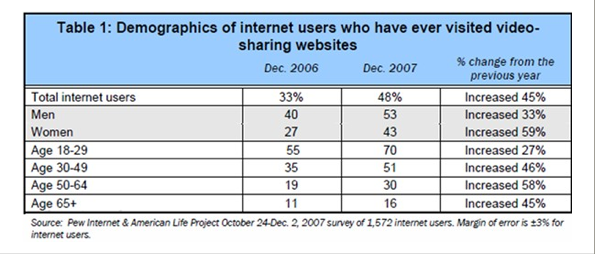
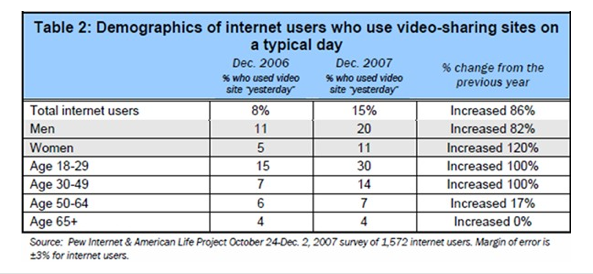




![Reblog this post [with Zemanta]](http://img.zemanta.com/reblog_e.png?x-id=cabb61c5-4bed-4dac-b9ee-180c4e8235e3)
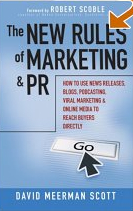
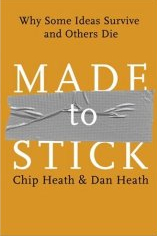
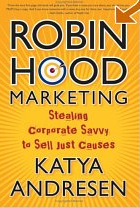
![Reblog this post [with Zemanta]](http://img.zemanta.com/reblog_e.png?x-id=933cdab1-ba1e-4e83-819e-849805732ce2)

![Reblog this post [with Zemanta]](http://img.zemanta.com/reblog_e.png?x-id=c7a2e3de-0fdb-47f3-97bc-f5f5124741a7)